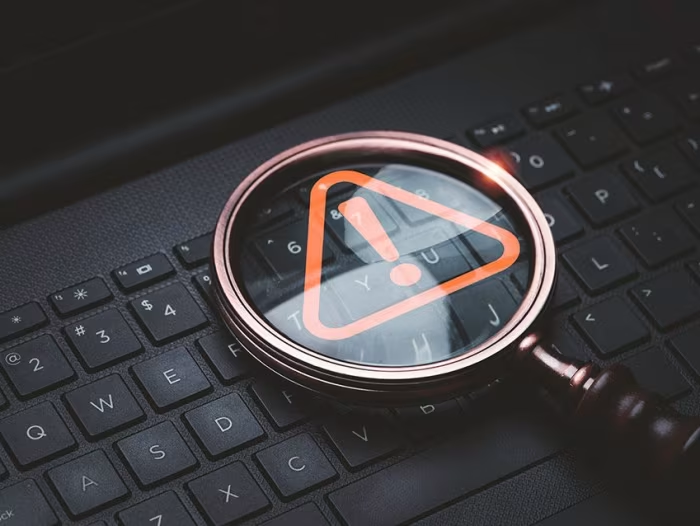Resource / Online Journal
SOC Compliance Checklist: Ensuring Adherence to GDPR, HIPAA, and Indian Data Protection Laws
The article provides a structured approach for SOC teams to align operations with GDPR, HIPAA, and Indian data protection mandates through actionable best practices.
Published on Apr 4, 2025

Security Operations Centers (SOCs) have become the heart of an organization’s cybersecurity posture. With growing concerns around data privacy and an increasing number of cyber threats, compliance is no longer optional. Whether it’s GDPR in Europe, HIPAA in the US, or India’s evolving data protection framework, SOC teams must align their operations with legal and regulatory mandates. In this article, we explore a practical and easy-to-follow SOC compliance checklist that helps ensure adherence to global and regional data protection laws.
Why Compliance Matters for SOCs
SOC teams handle sensitive data daily—from logs and alerts to personal and health-related information. Non-compliance can result in heavy penalties, reputational damage, and even operational restrictions. More importantly, aligning with compliance frameworks helps build customer trust and resilience against sophisticated cyber threats.
1. Data Classification & Inventory
Start by understanding what data you collect and process. SOC teams should work with IT and legal departments to classify data into categories:
- Personal Data (as per GDPR)
- Protected Health Information (PHI) under HIPAA
- Sensitive Personal Data or Information (SPDI) under India’s IT Rules
A clear data inventory helps in identifying the scope of compliance and applying the right controls.
Checklist:
- Maintain updated data maps
- Tag sensitive data appropriately
- Define retention policies
2. Access Control & Identity Management
Only authorized personnel should access sensitive data. SOCs must enforce strong identity and access management (IAM) policies.
Checklist:
- Implement role-based access control (RBAC)
- Use multi-factor authentication (MFA)
- Review access logs periodically
This is especially relevant for GDPR (data minimization principle) and HIPAA (access control standards).
3. Log Management & Monitoring
Logs are vital for both operational visibility and compliance audits. Ensure your logging mechanisms capture necessary details without overexposing sensitive information.
Checklist:
- Centralize logs from all key systems
- Encrypt logs at rest and in transit
- Retain logs for required durations (varies by regulation)
- Conduct periodic reviews
For example, HIPAA requires audit logs to monitor unauthorized access to PHI, while GDPR emphasizes incident detection and response.
4. Incident Response & Reporting
Every regulation mandate timely incident reporting. SOCs should have a documented and tested incident response plan.
Checklist:
- Define incident types and escalation paths
- Document incident response plans
- Conduct tabletop exercises
- Set up automated alerts for anomalies
GDPR requires notifying authorities within 72 hours of a data breach. India’s CERT-In guidelines also stress prompt incident disclosure.
5. Data Protection Impact Assessments (DPIA)
For high-risk data processing activities, especially under GDPR, SOCs must conduct DPIAs in collaboration with privacy teams.
Checklist:
- Identify processes requiring DPIA
- Document risks and mitigation measures
- Keep records for audits
Even if DPIAs are not mandated under Indian law yet, they demonstrate proactive risk management.
6. Vendor & Third-Party Risk Management
Your compliance is only as strong as your weakest third-party partner. SOCs should assess vendors' security practices.
Checklist:
- Maintain a list of third-party tools and services
- Conduct periodic security assessments
- Include data protection clauses in contracts
HIPAA has strict rules for business associates, while GDPR enforces processor accountability.
7. User Awareness & Training
Human error is often the weakest link. SOC team members and adjacent departments must be aware of their roles in compliance.
Checklist:
- Conduct regular training sessions
- Share updates on regulatory changes
- Simulate phishing and other social engineering scenarios
8. Documentation & Audit Readiness
Prepare your SOC to demonstrate compliance when required. Keeping records and being audit-ready avoids last-minute chaos.
Checklist:
- Maintain compliance documentation
- Schedule periodic internal audits
- Archive reports and evidence securely
Indian Context: Data Protection Law Compliance
India’s data privacy landscape is undergoing rapid changes. With the Digital Personal Data Protection Act (DPDP Act), SOCs need to:
- Obtain valid consent for data usage
- Ensure breach notifications to the Data Protection Board
- Appoint a Data Protection Officer if needed
Staying ahead of these mandates will help organizations maintain compliance and avoid penalties.
Conclusion
Compliance doesn’t have to be overwhelming. With a structured approach and collaboration between the SOC, legal, and IT teams, organizations can effectively meet regulatory requirements. This checklist serves as a foundation for creating a resilient and compliant SOC framework that not only protects data but also strengthens trust and accountability.
Recommended articles


24/7 SOC Monitoring: Challenges and Solutions for Continuous Security
Take Your Identity Strategy
to the Next Level
Strengthen your organization's digital identity for a secure and worry-free tomorrow. Kickstart the journey with a complimentary consultation to explore personalized solutions.